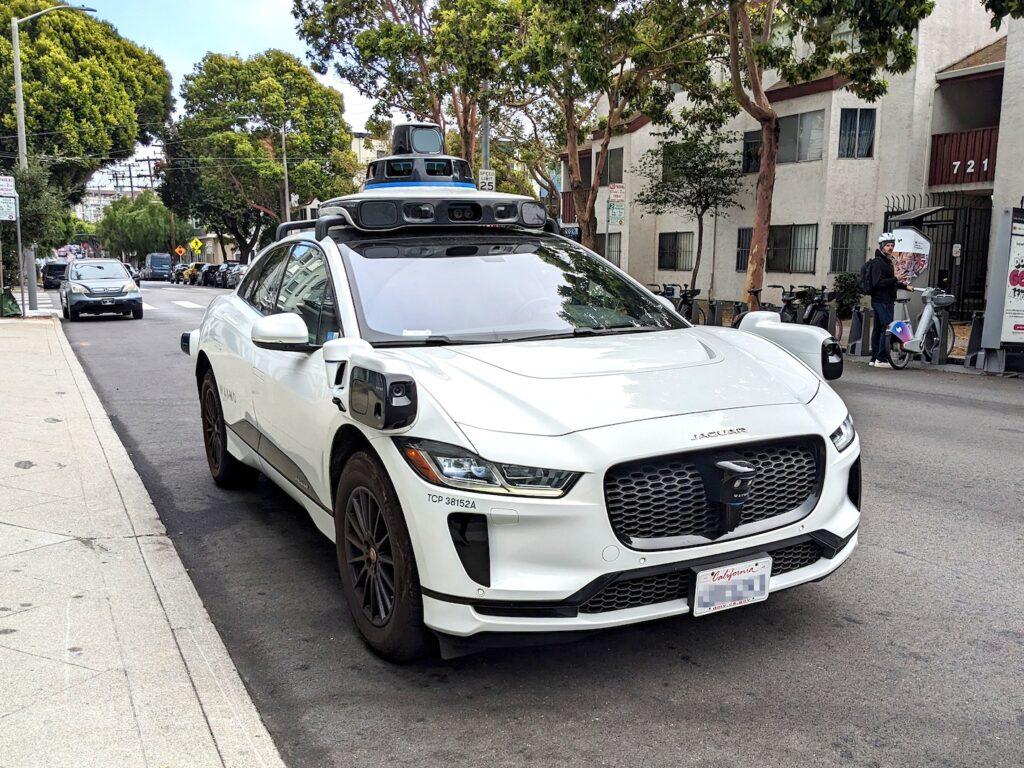
What is Waymo?
Waymo is headquartered in Silicon Valley under Alphabet Inc., Google’s parent company. It develops both hardware and software for autonomous vehicles. The project began within Google in 2009 and was spun off as a separate company in 2016.
Over the years, Waymo has converted existing vehicles into autonomous ones and tested them around Google’s headquarters. In 2015, they launched an original vehicle, Firefly, which was designed and manufactured entirely in-house. I remember being so impressed by its sensational exterior and interior design that I immediately flew to Silicon Valley to see it in person.

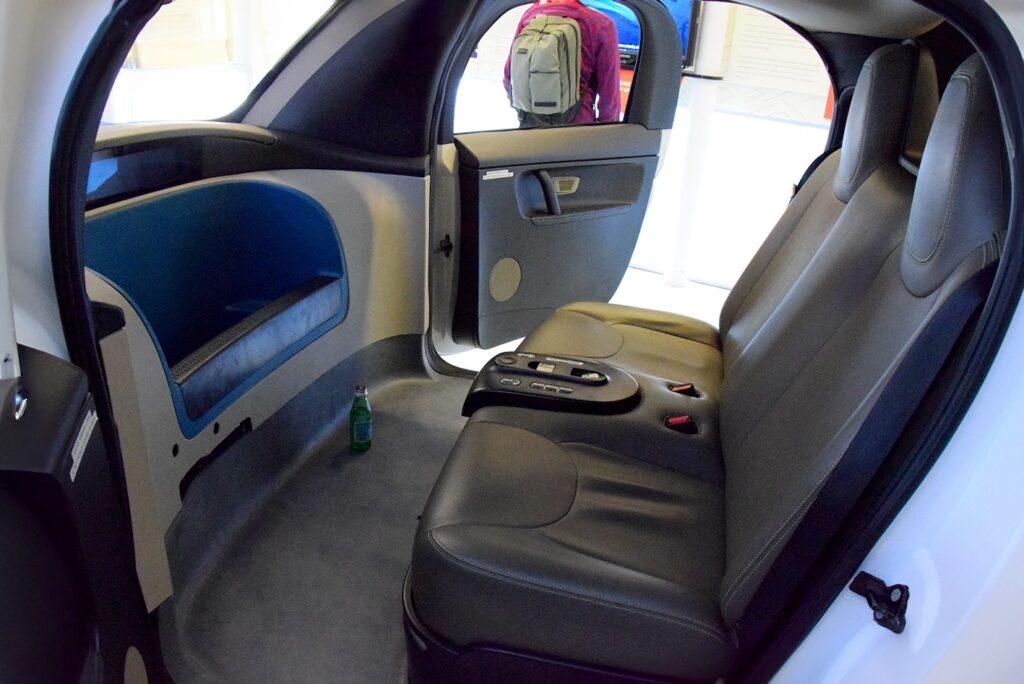
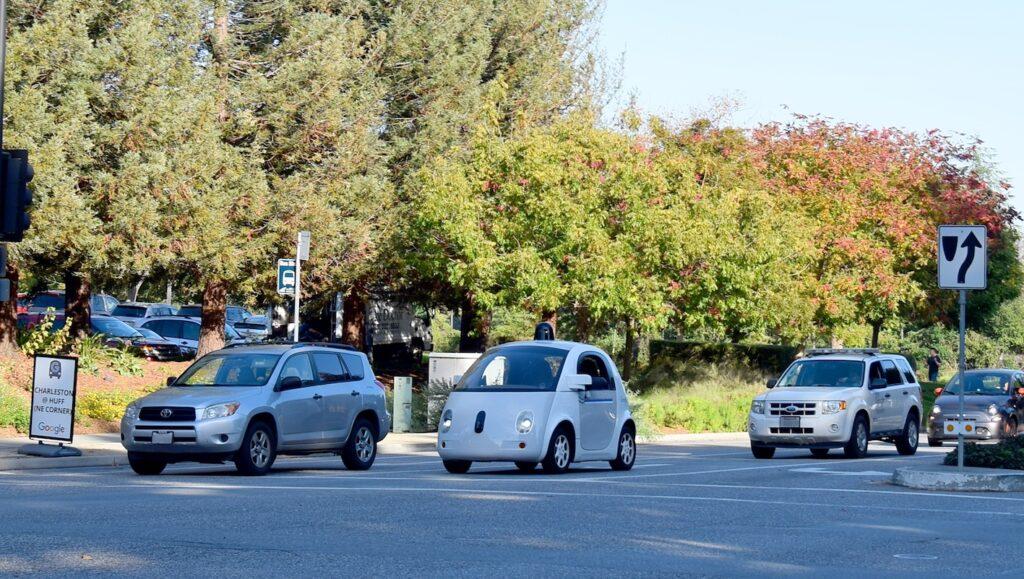
Waymo has invested heavily in not only software and hardware development but also in making its driverless taxi service a reality. They are currently rolling out this service in regions such as Phoenix, Arizona, Los Angeles, California, and Austin, Texas. On June 25th of this year, they announced the expansion of their previously limited service in San Francisco to the general public.
My First Ride on Waymo!
As of now, the driverless taxi service is only available in specific areas within San Francisco. However, these areas are in the city’s heart, where narrow roads are filled with pedestrians, bicycles, electric scooters, trams, roadside parking, and chronic traffic congestion during peak hours. It’s a challenging area to drive in, even for seasoned local drivers. Choosing to operate in such a high-difficulty environment as San Francisco highlights Waymo’s seriousness.

A Seamless Experience from Booking, Riding, to Arriving at Your Destination, All Centered Around The App
Booking is simple using the smartphone app, and if you’re familiar with ride-sharing apps like Uber, you’ll find it intuitive. Open the app within the service area, set your destination, and request a ride. The UI is straightforward, providing estimated arrival time and fare, offering security and familiarity.
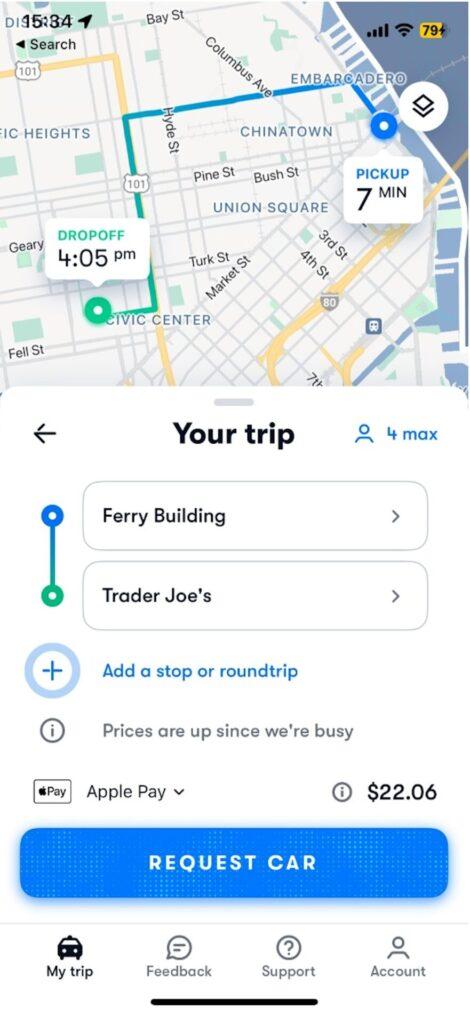
After completing the booking, I waited anxiously for the driverless taxi. On this particular day, I rode on a Sunday, the busiest day in San Francisco. The designated pickup spot was on a road with street parking, so I was nervous about whether the taxi could stop properly. But my worries were unfounded, as the Waymo taxi arrived smoothly, seamlessly blending in with other vehicles and pulling over without any issues.
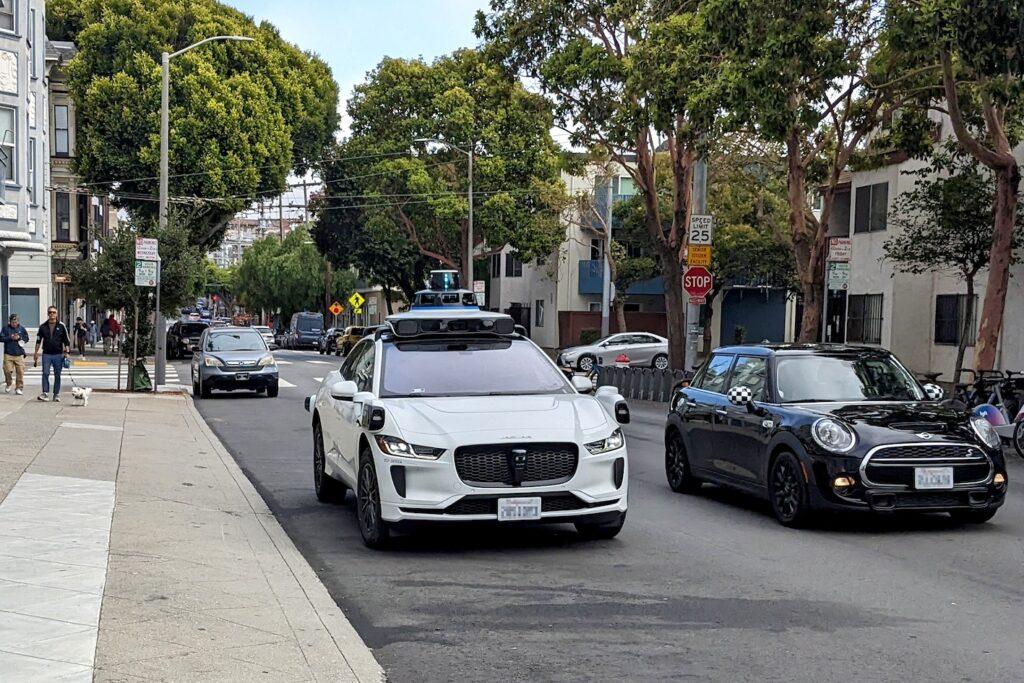

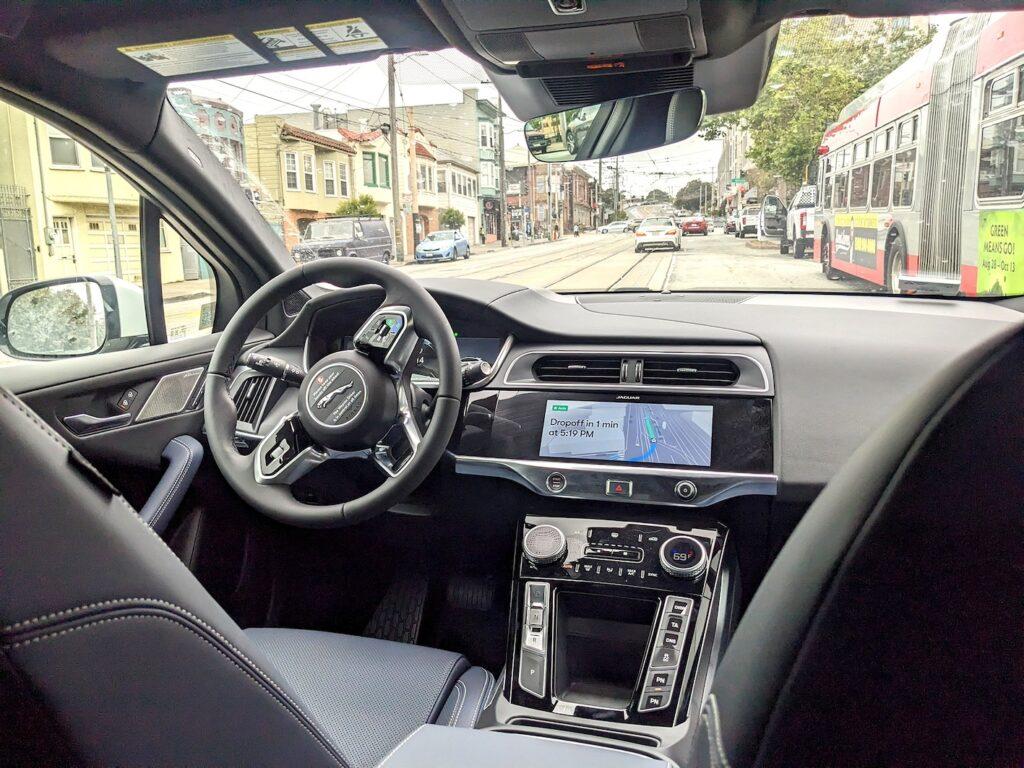
The Interior Was Comfortable and Welcoming
Personally, I’ve ridden in autonomous vehicles many times during my design projects, but this was my first time experiencing it as a general public service. Given that it was in the busy streets of San Francisco, I felt a bit nervous, but those nerves quickly vanished. The first thing I noticed inside was the central in-car display, which accurately and clearly showed the surrounding environment and vehicle status using 3D graphics. The relaxing background music playing during the ride also left a strong impression. You could also select your preferred music from this display or contact the support center.

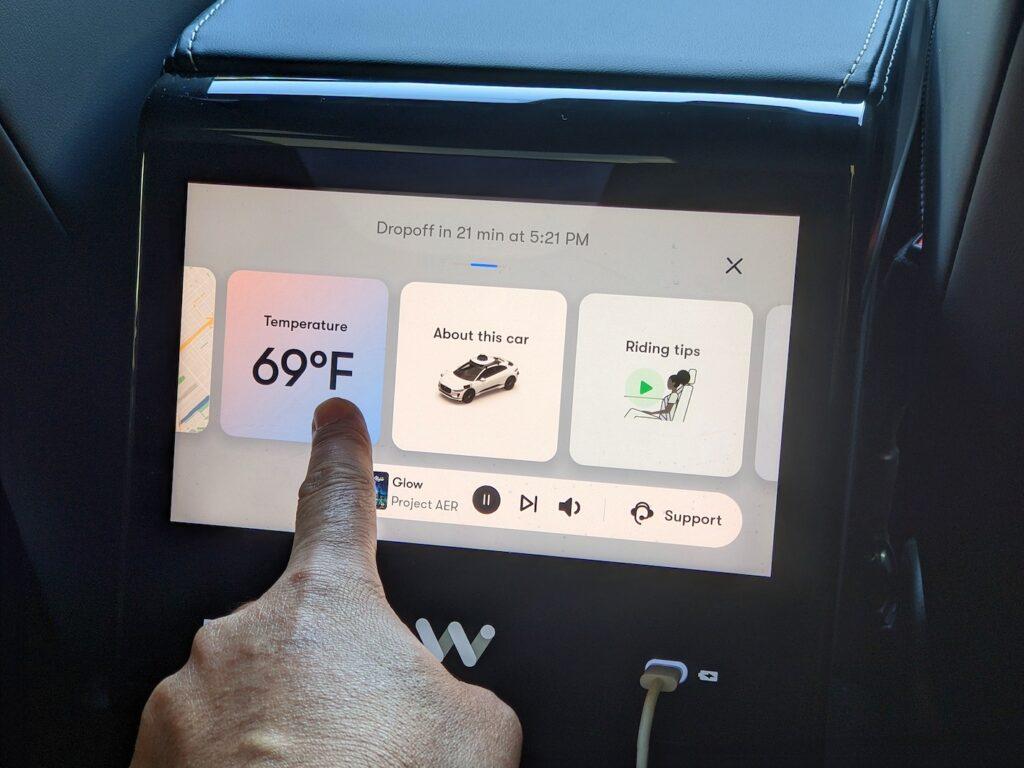
Pro-Level Comfort, Like Being Driven by a Professional Chauffeur
The actual driving experience was the most surprising aspect of the ride. The Waymo taxi handled everything smoothly, from waiting at traffic lights to lane changes, making right and left turns, and predicting and avoiding random movements of cyclists and pedestrians. It felt like the vehicle was aware of the entire surrounding area, not just the car in front. There were numerous instances of intelligent control and behavior, predicting conditions seconds ahead.
At one point, we encountered a situation in which a car from the opposite direction made a somewhat forced right turn into a narrow intersection, causing a bit of a jam. However, the Waymo taxi accurately assessed the other vehicle’s width and surroundings, deftly adjusting its steering to allow the other car to pass, which truly impressed me.
Moreover, the delicate control of the accelerator, brake pedals, and steering wheel felt as refined as that of a professional chauffeur, making the ride extremely comfortable. It was almost as if a real person was driving, and the high level of completion in autonomous driving gave me chills.
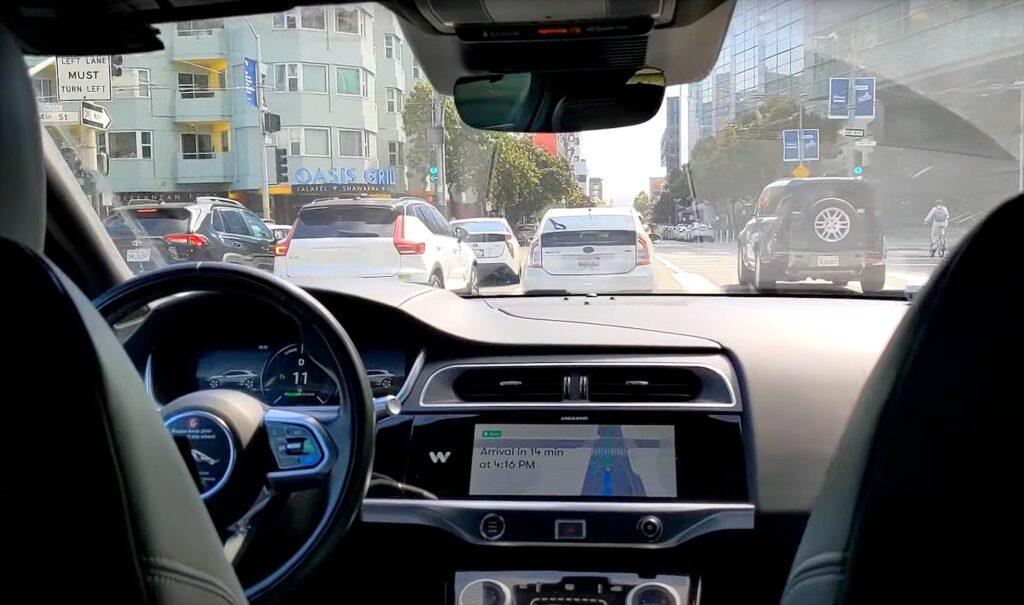

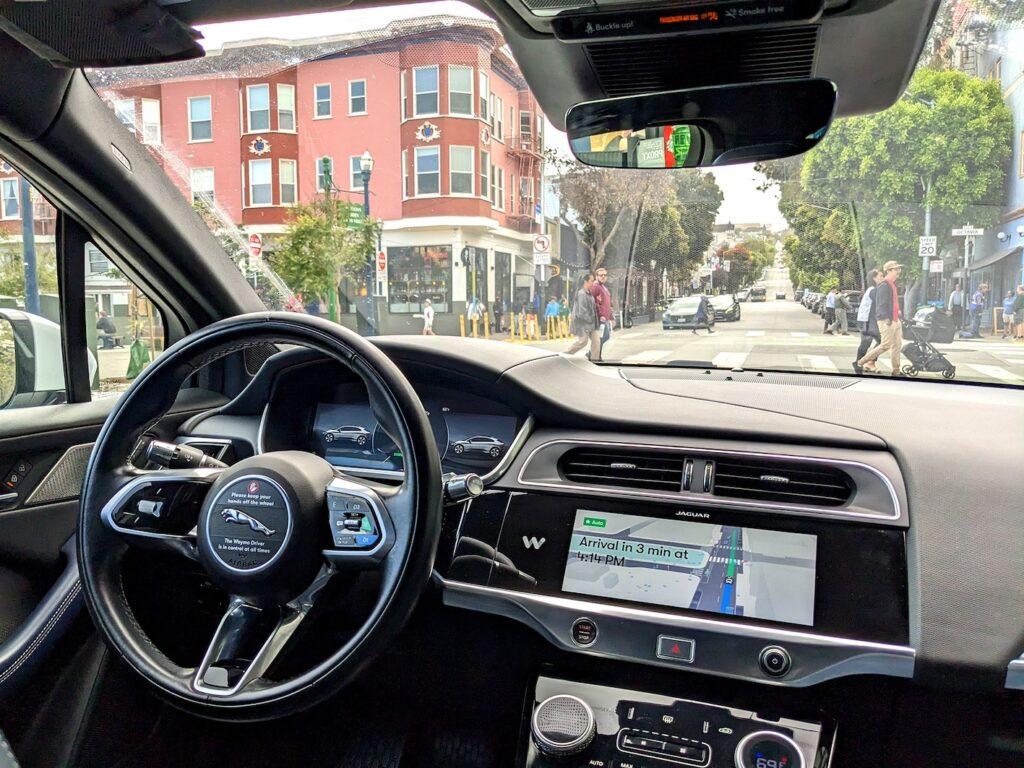
High Attention to Exterior Design
Not only is there meticulous attention to the software and app design, but also to the vehicle’s exterior design. The numerous sensors, including Lidar, image cameras, and radar, along with the high-performance computer continuously processing massive amounts of data, are all configured with durability and maintenance in mind.
Moreover, the design had to be something that users and society could accept despite potential fears surrounding autonomous driving. It also needed to establish a forward-thinking image and a new brand identity for Waymo. Having personally experienced similar hardware design projects, I can easily imagine the challenging design process, and I noticed the thoughtful effort and innovation in every detail. Ultimately, they succeeded in creating a beautiful exterior design that meets a high level of difficult criteria.
Incidentally, out of personal interest, I often research the design patents of various companies and brands. I’ve been impressed by Waymo’s strategic approach to hardware and UI design. It’s clear that they view design as a critical asset and part of their business strategy, and I plan to delve into this in future articles.
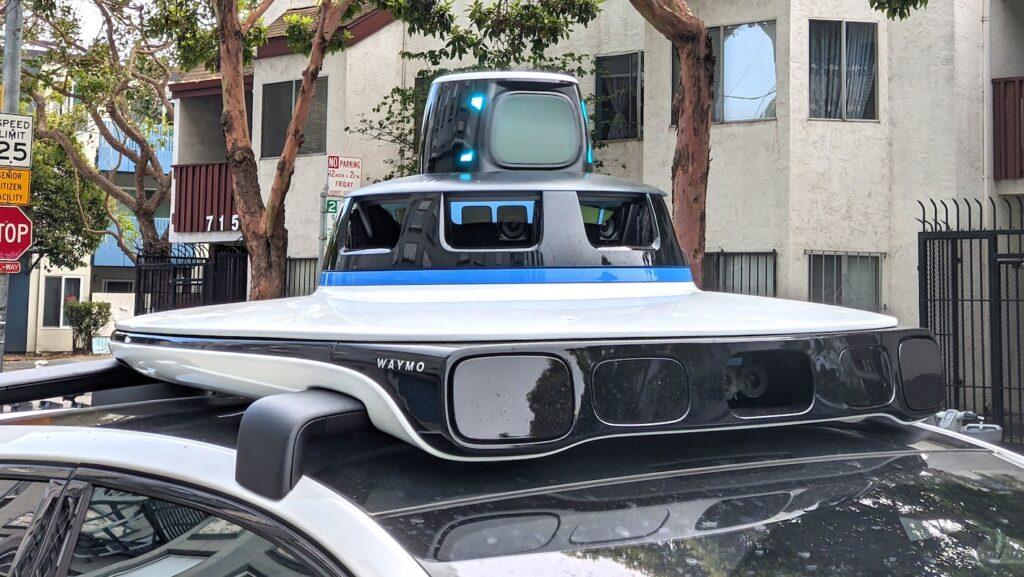
sleek form.

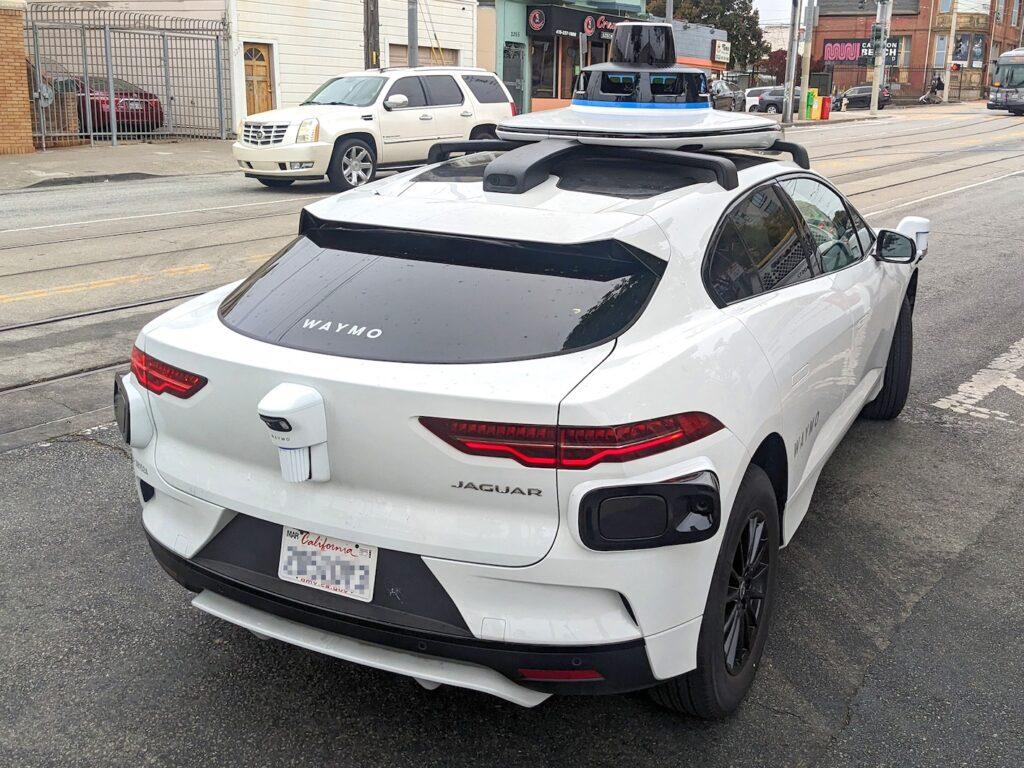

The Future of Mobility is Already Here
After finishing the ride, I realized that my initial excitement and nervousness had faded, and after using the service several times, I quickly became accustomed to it. This experience reminded me of my first time using Uber about eight years ago, back when the term “ride-sharing” didn’t even exist. I remember being thrilled by the innovative service and taking a ride in San Francisco, just as I did this time. And just like that, it quickly became a part of the social infrastructure.
Of course, the technology and service of driverless taxis are still developing, and there are many hurdles to overcome. But with time, they will also become ordinary sights in the near future.
In Japan, even ride-sharing is still on the horizon, but I eagerly hope that autonomous driving will spread quickly (considering the social issues such as the aging population and depopulation, Japan should ideally be a pioneer in this field…). I’m excited to see how Waymo and other driverless taxi services will evolve.

![by Car Styling [カースタイリング]](https://motor-fan.jp/wp-content/uploads/2025/04/carstyling-jp_logo.png)






